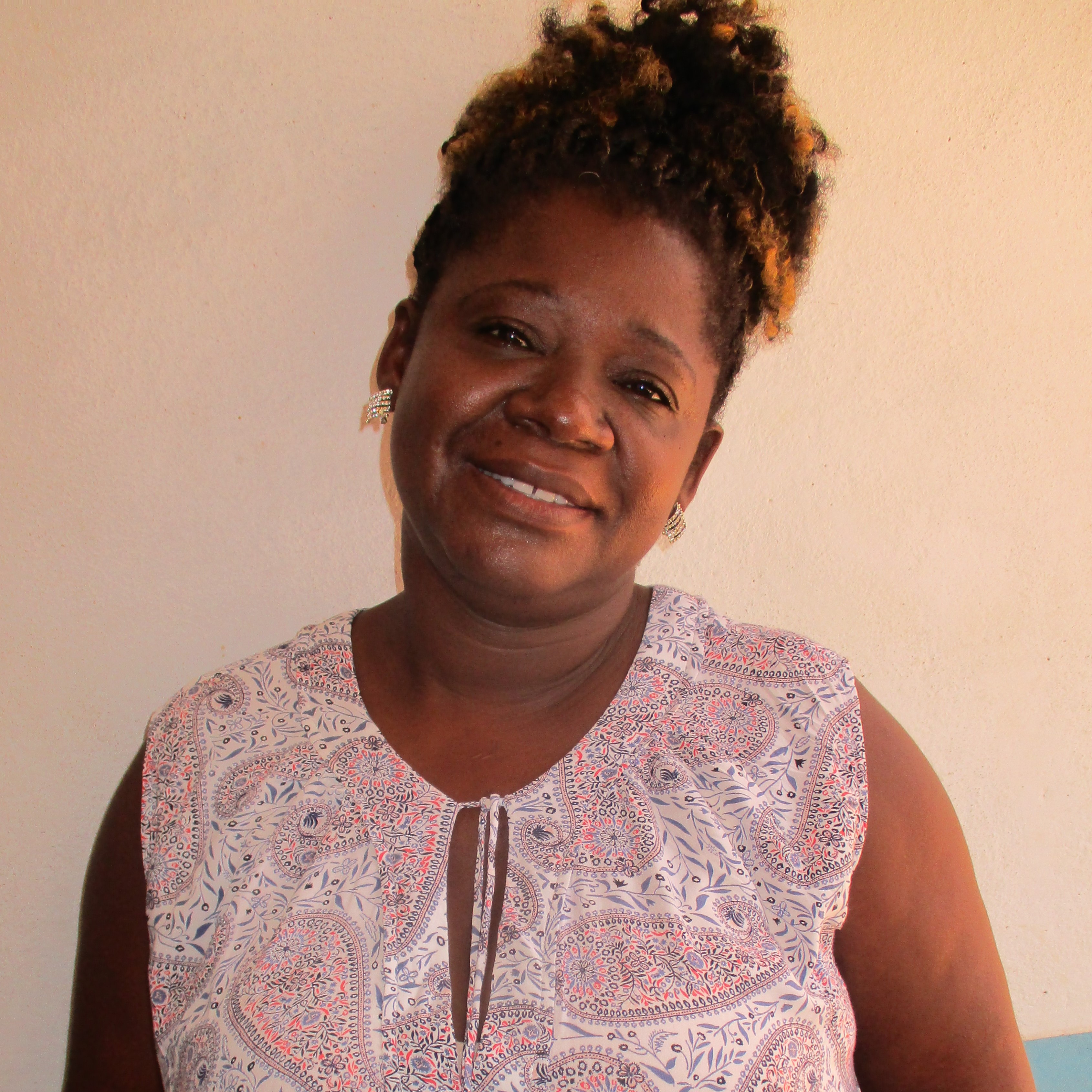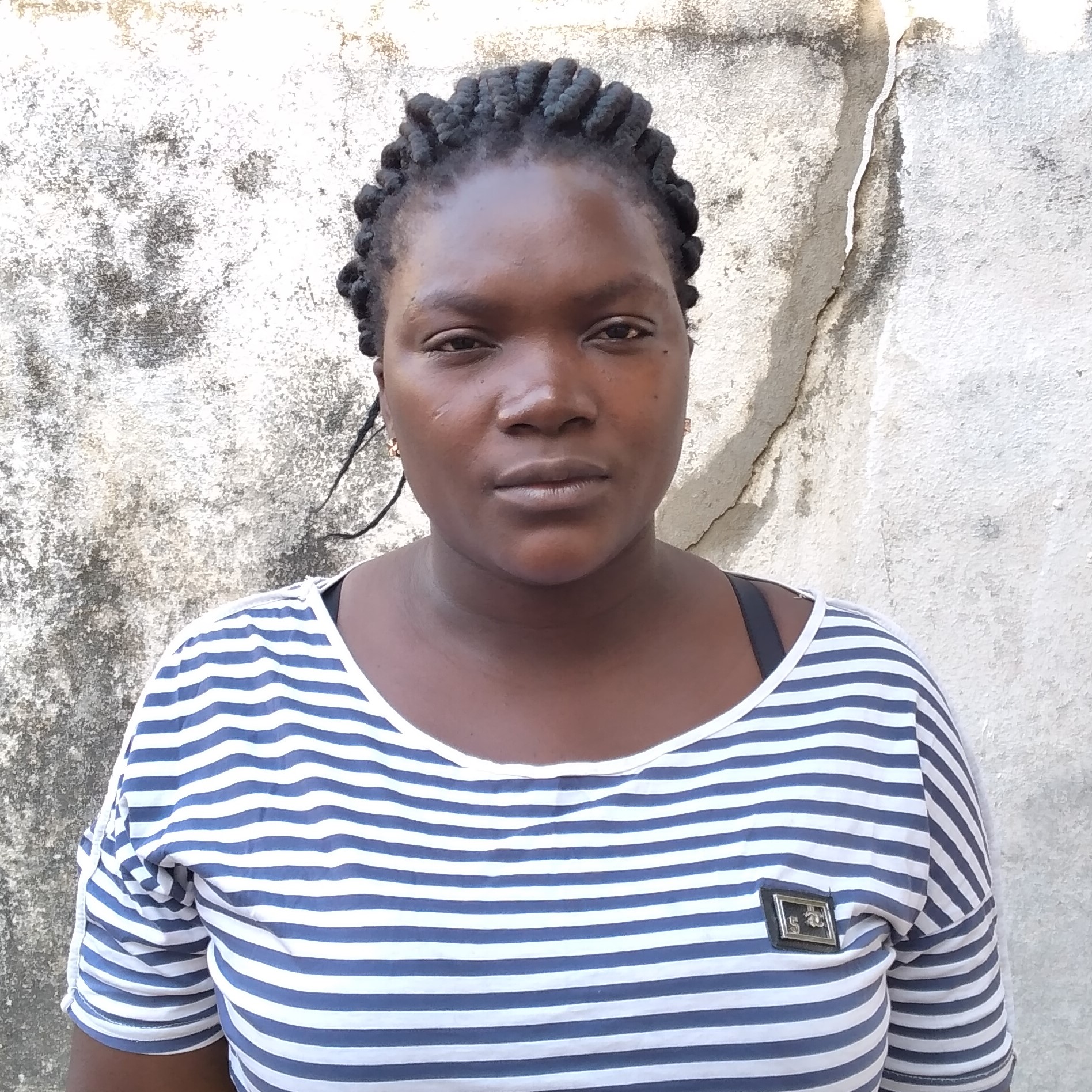
 Introducing you to a qualitative, participatory study on barriers to full vaccination in Mozambique
Introducing you to a qualitative, participatory study on barriers to full vaccination in Mozambique
Introduction
Study Overview
Meet our Caregiver Researchers
Photovoice Process
Human-Centered Design Workshops
NEW! SMS Method
______________________________________________________________________________________
Introduction
Vaccines save millions of lives each year, and estimates suggest their economic benefit between 2011-2020 was more than $1.5 trillion (1). Every child deserves access to life-saving vaccines, but many children are still not fully vaccinated. Globally, the number of children fully immunized has plateaued over the last decade, leaving nearly 20 million children under-immunized (2). In Zambézia Province, located in the central region of Mozambique, only half of children were fully vaccinated in 2015.
Reaching under-immunized children is a global priority (3). Particularly as COVID-19 disrupts routine immunization, understanding how to improve full vaccination coverage is more critical than ever. Researchers have identified many barriers to vaccination in sub-Saharan Africa – like the distance some caregivers have to travel to bring their child to a health facility. However, despite years of effort and research, global coverage still has not increased above the levels where it plateaued about 10 years ago.
Study Overview
Many of the barriers to full vaccination are nuanced and context-specific. Recognizing this, VillageReach and Zambézia Provincial Health Department are conducting a participatory study that will engage health workers and caregivers of children between the ages of 25-34 months to better understand the barriers to completing full vaccination and identify community-driven solutions to improve full vaccination.
Through every step of the study, we put caregiver and health worker voices at the center – after all, they should know best what works and what does not. Four local caregivers are co-conducting the research. As the study progresses, they will be actively involving the other caregivers and health workers they interview in reflecting on findings, making decisions and co-creating solutions.
The study has three phases:
- Photovoice: First, caregiver researchers will recruit and enroll 30 other caregivers with children who were fully vaccinated (n=20) or partially vaccinated (n=20) with a camera and ask them to take and describe photos that reflect their experience vaccinating their young children. The photovoice session is then followed by a semi-structured interview guided by the increasing vaccination model.
- Live messaging and semi-structured interview: Next, they will interview health workers (n=10) and collect their ongoing observations via SMS over the course of a month of providing vaccinations. At the end of the month, they will debrief the SMS observations and conduct a semi-structured interview.
- Human-centered design workshop: Finally, we will facilitate a human-centered design workshop where caregivers (n=10) and health workers (n=10) will review the barriers they identified, identify key problem statements and generate their own potential solutions – which we will share with all participants and the government.
Reflections
Our approach is unique in this setting and we want to share our learnings with you as we go. On this page, we will share updates on our experience with each method, from the perspective of the caregiver researchers. First, stay tuned for a post introducing you to our four caregiver researchers. As they complete each data collection phase of the study over the next six months, we will post their reflections on what worked well and what did not so you can learn from our experience.
More information on the study, including research objectives, the target audience and timeline are available HERE.
______________________________________________________________________________________
Meet our Caregiver Researchers
The premise of this study is that by fully engaging community members and health workers we can uncover a deeper understanding of barriers to under-two immunization and co-create new solutions to help caregivers fully vaccinate their children under the age of two. Through every step of the study, we seek to amplify the voices of end users – those administering and receiving the vaccines – starting at the beginning by hiring and training local caregivers with children under the age of two as co-researchers on the study. Through this approach, we ensure a diverse research team that involves individuals who fully understand the context of the community and are thus able to explore more nuanced aspects of immunization-related behaviors. Additionally, this approach contributes to reducing the unequal power balance between researchers and participants that occurs in traditional qualitative studies in an effort to create an environment in which caregivers feel comfortable discussing potentially sensitive topics (4).
Lidia, Zelia, Bonifacia and Samira are researchers and caregivers of children under the age of two from the study districts, Gilé and Namarroi, and comprise the study’s core research team. They will be carrying out all data collection and will report back here on their experience with each method – photovoice, live messaging, and human-centered design – to help share learnings for others interested in employing similar methods.
To introduce them, we asked them to share a bit about what motivated them to join this study, and what excites them most:
 |
LidiaLidia has worked as a community mobilizer and researcher on topics including HIV/AIDS, TB and malaria, and was motivated to join this study to learn more about research. She is most excited about the photovoice methodology, which uses mothers’ own visual images to give voice to their experiences. “The simple fact that mothers can choose what to capture to share certain experiences and realities is exciting,” she says. “It makes it possible to obtain information about the experience of vaccination from caregivers themselves, regardless of education level.” |
 |
ZeilaZelia has worked on a number of health issues, including immunization, and has research experience conducting an assessment survey for primary health care activities. Having worked in immunization, she was motivated to join the study to better understand the challenges communities face. She too is most excited about the photovoice interviews – a new methodology for her. Through sharing the findings of the study with the community and healthcare entities, Zelia hopes to find new approaches to make sure that all children complete their vaccinations |
 |
BonifaciaBonifacia was motivated to join the study because, as a mother, she wants to contribute to a better understanding of what more we can do to help caregivers vaccinate their children. What excites her most about this study is “teaching the participants about the photovoice process and hearing their take on the interpretation of the photos, including the ability to involve aspects of the participants’ private lives into their immunization stories.” |
 |
SamiraSamira was motivated to join this study because she likes working with the community, and wants to see the immunization field improve. She is excited to learn more about immunizations and the main factors that lead to incomplete vaccination |
Why hire local caregiver researchers?
We also asked all four researchers three questions about their hopes for the study and the significance of hiring local caregiver researchers. Here’s what they said:
- How does being a mother of a young child inform how you engage with caregivers? All four responded that being a caregiver meant they could connect with participants over shared experiences, helping establish good relationships with study participants. Lídia also noted that it made it possible to better understand their realities, and Samira pointed out that familiarity with the health needs of a young child was a helpful foundation.
- How does being from Namarroi or Gilé affect how you approach this work? A key theme in their replies is that knowing the local language, habits and customs helps build trust with study participants, and community leaders too. Samira notes that this familiarity “makes it easier to communicate and learn new things about the vaccination process,” and Zelia points out that knowing the local ways of perceiving vaccines helps too.
- What do you hope will come out of this study for Namarroi or Gilé and the communities involved? In short, they hope the study will prompt reflections on the priorities, challenges and needs of communities and that better understanding challenges will lead governments and partners to make improvements to immunization programs. Lídia hopes that the photovoice photographs in particular will “generate knowledge and critical dialogue of immunization realities,” and Samira hopes to eventually see the number of children who drop out of immunizations in the study districts reduce to just 5%.
To see their answers in their own words, you can view their full responses in Portuguese HERE
______________________________________________________________________________________
Photovoice Process
In this study, we incorporated Photovoice into our data collection methods (see image below). Photovoice provides participants with cameras and instructions to take photos of the topic of study. In our study, caregivers took photos of their children’s vaccination journey. After taking photos, the caregivers were interviewed by a local caregiver researcher, who we trained in the Photovoice method.
In this video, Lidia Jahar, one of the caregiver researchers on our team, explains the Photovoice method in action:
Human-Centered Design Workshops
We conducted two human-centered design (HCD) workshops, one in each study district. We invited district health leadership, community leaders, 10 health workers and 10 caregivers to a to participate in each two-day workshop. At the workshops, we reviewed the barriers to full immunization identified in earlier portions of the study. Participants then brainstormed potential solutions to these barriers using a human-centered design approach.
In this video, Bonifacia Benate, one of the caregiver researchers on our team, describes the HCD workhop:
SMS Method
Using SMS text exchanges, observation and debrief-style interviews with health workers, caregiver researchers document their experiences administering vaccines. In this video, a caregiver researcher, Bonifacia Benate, describes the steps for carrying out SMS interviews with health care workers and the benefits of this method.
References
(1) https://www.gavi.org/vaccineswork/value-vaccination/cost-effective
(2) UNICEF and WHO. July 2020. Progress and Challenges with Achieving Universal Immunization Coverage.
(3) Immunization Agenda 2030: A Global Strategy To Leave No One Behind; Gavi 5.0
(4) Leung, M. W., Yen, I. H., & Minkler, M. (2004). Community based participatory research: A promising approach for increasing epidemiology’s relevance in the 21st century. International Journal of Epidemiology, 33(3), 499–506. https://doi.org/10.1093/ije/dyh010
This work is licensed under a Creative Commons Attribution 4.0 International License


Please Sign in (or Register) to view further.